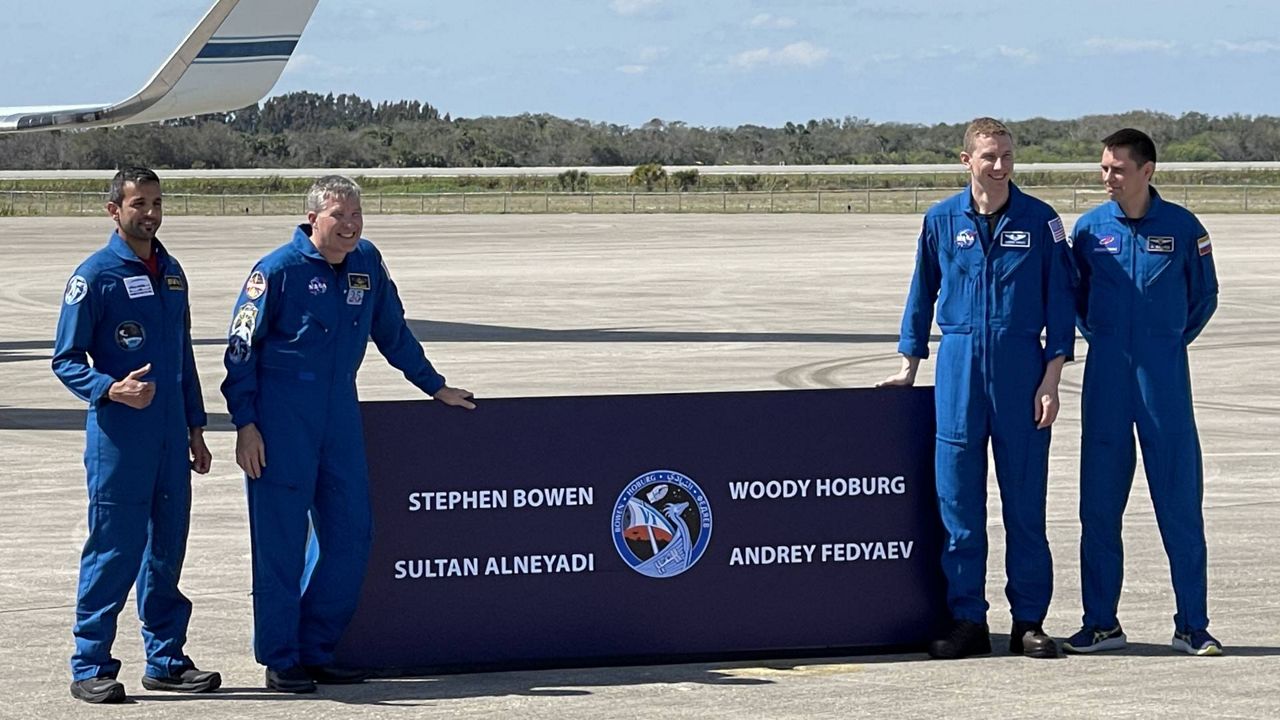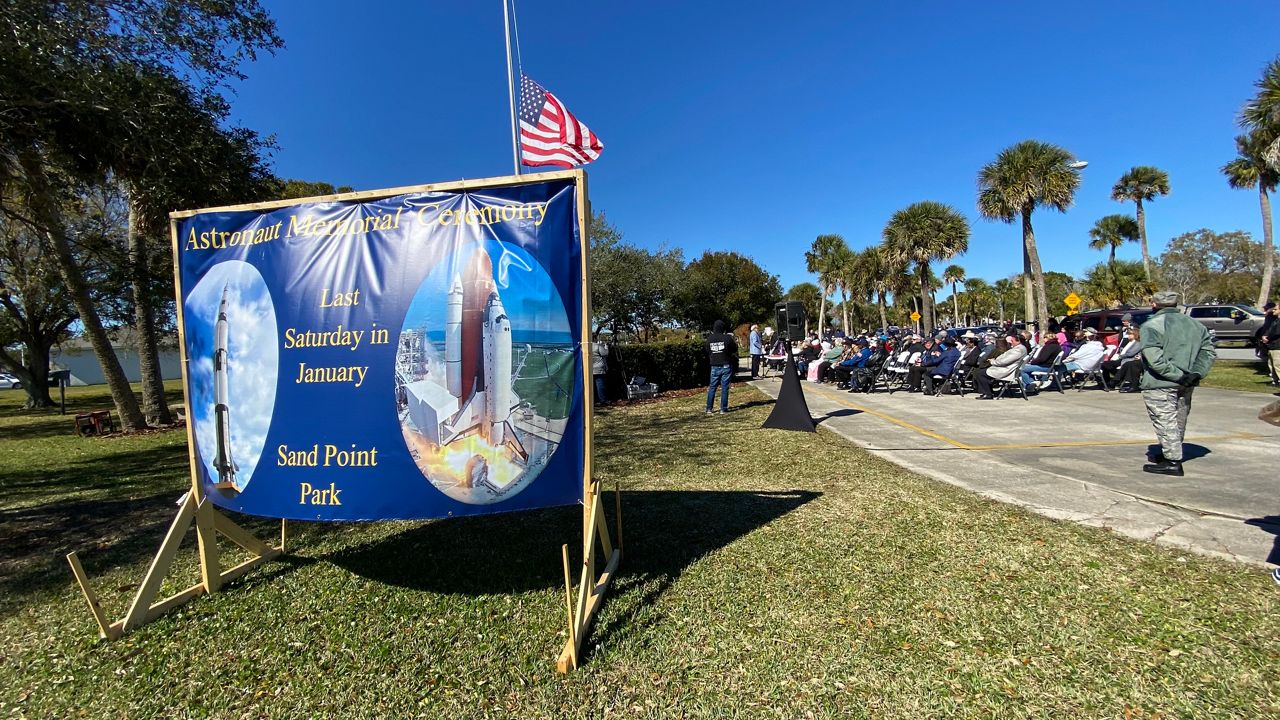KENNEDY SPACE CENTER, Fla. — The countdown is on for the Falcon Heavy’s first night launch.
- 3rd SpaceX Falcon Heavy launch scheduled for Monday night
- STP-2 mission is carrying payloads for DOD, NASA, NOAA
- Merritt Island High Students have project on board
- RELATED:
- Falcon Heavy's Main Booster Core Falls Off Drone Ship
- VIDEO: SpaceX Launches Falcon Heavy on 1st Commercial Mission
Twenty four satellites are on board in what promises to be the most challenging launch in SpaceX’s history.
This will be a heavily watched launch tonight because you’ll be able to see the two side boosters land just minutes after launch. Expect to hear sonic booms as well in the Central Florida area, that may wake up some folks during this late night launch attempt.
And when the world's most powerful rocket launches tonight, it'll have a little piece of Merritt Island High School on it.
"This is the first club I joined as soon as I got to the high school," said Isabella Piasecki, a Merritt Island High School student.
Piasecki and members of the StagSat club built a small, CubeSat, launching on the Falcon Heavy.
"Our whole point of our satellite is to measure the shock and vibration data which needs to be measured as the rocket is going up," she said.
Their project is just one of two dozen satellites to be launched for the Department of Defense, NASA, NOAA and other educational institutions.
What makes this mission so complex is that the Falcon Heavy will deploy the satellites at three separate orbits - that means four separate upper stage engine burns.
For the Air Force, the DSX satellite will study the harsh radiation in medium Earth Orbit. For the Planetary Society, their LightSail 2 will test using the sun as the sole source for powering their spacecraft.
And for NASA, its deep space atomic clock will improve navigation for astronauts in the decades to come.
"We expect this to be a key part of sending humans to Mars," said Todd Ely, NASA's Deep Space Atomic Clock Principal Investigator. "And be a key component to future GPS like navigation systems at the moon, the Mars and other planets and moons."
Tonight's four hour launch window opens at 11:30 from historic launch pad 39A at the Kennedy Space Center.
Just 8 minutes after launch SpaceX will attempt to land the two side boosters on land. Eleven minutes after launch, the core booster will attempt a landing on the drone ship, more than 750 miles off the coast—the farthest landing attempt yet.
Piasecki and her classmates will have an up close view to watch their project—years in the making—finally reach its destination.
"It's going to be really, really neat watching it and it's going to be even more exciting once we know it worked."
There's a 70 percent chance of favorable weather conditions for tonight's launch attempt.








